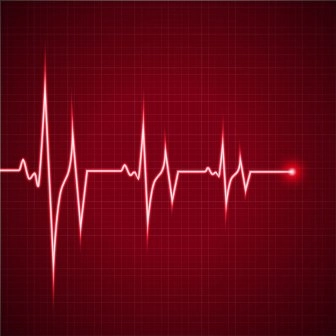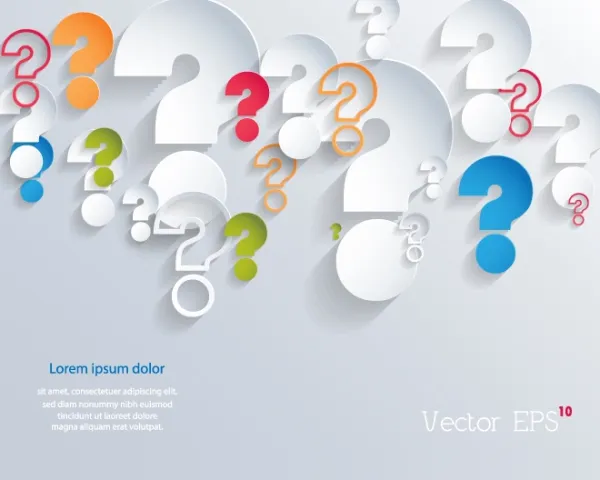Charge Up Your Cardioversion And Defibrillation Coding With These Tactics

Can you identify the difference in these procedures to code accurately and prevent denials?
Sometimes it is hard for a coder to figure out how to identify the precise services performed in the ED. That’s especially true for cardioversions and defibrillations, unless the documentation is crystal clear. But if you learn to distinguish between each procedure before you properly code them, you will secure payment the payment deserved.
Look For Documentation Hints to Separate Defibrillation From Cardioversion
Cardioversion is not the same thing as defibrillation, warns Michael A. Granovsky, MD, FACEP, CPC, President of LogixHealth, an ED coding and billing company in Bedford, MA.
Defibrillation, the use of an electric shock used to restart or normalize heart rhythms, is always an emergency procedure, says Granovsky. The patient who receives this service has no pulse and is typically in ventricular fibrillation (I49.01) he explains.
Defibrillation clues: On occasion, physicians also render defibrillation for patients with ventricular tachycardia (VT) when the patient has no pulse, also known as “pulseless VT.” Granovsky offers these clues that indicate the procedure is defibrillation:
CPR can be a lifesaver. The shortcut way to potentially know whether your physician performed defibrillation — and didn’t perform cardioversion — is to check whether CPR was ongoing immediately before the shocks were provided. If CPR was in progress, then defibrillation shocks were likely given, Granovsky adds. Importantly, there is no CPT® code to report defibrillation as a procedure performed in isolation.
Watch For These Diagnoses For A Clue About Cardioversion
As opposed to defibrillation, cardioversion is the conversion of one cardiac rhythm to another or electrical pattern, usually an abnormal one to normal. It treats a variety of conditions, including:
* atrial fibrillation (I48.91)
Think Before You Vote ‘Elective’ In The ED Setting
When emergency physicians perform electrical cardioversions, these services are fairly urgent, although they often do involve a discussion with the patient. Elective cardioversions do occur in the ED when there’s sufficient time to explain the procedure to the patient and prospectively obtain the patient’s consent, Granovsky explains.
The procedure generally treats patients who are stable at that moment, but may rapidly worsen. Reporting an elective cardioversion in the ED is not prohibited, but coder needs to understand the meaning of the word “elective” in this context, Granovsky explains.
Understand the difference: Some experts interpret “elective” as “scheduled.” Elective cardioversion is a planned event. A physician performs elective cardioversion for atrial fibrillation or atrial flutter if anti-arrhythmic drugs have failed to convert the heart back to normal sinus rhythm or if the patient is hemodynamically unstable, Granovsky states.
A patient undergoing this procedure is typically not in the ED because the procedure usually involves fasting after midnight the day before and starting an intravenous line as preparatory work, he summarizes. This procedure usually occurs in an Intensive Care Unit, a Coronary Unit or any other outpatient area that houses the necessary equipment (i.e., the cardiac monitor, a crash cart), he adds. You may report code 92960 if it accurately describes the service provided, he adds.
Other experts interpret “elective” in the ED to mean the attributed service doesn’t have to immediately curtail an actively progressing deadly rhythm — and it doesn’t have to be scheduled, Granovsky says.
Example: Consider a patient with atrial fibrillation at a rate of 180. For this patient, there are other treatment options, generally involving drugs such as Cardizem first. However, if these pharmacologic interventions fail, the physician may decide to employ cardioversion, Granovsky explains, so selecting cardioversion may be “elective” in this case.
Patients without ventricular fibrillation or pulseless ventricular tachycardia in the ED may have elective cardioversion performed. These patients will typically have a detectable pulse, and the cardioversion will deliver a shock on the “R” portion of the QRS complex on the cardiac monitor, which explains the name “synchronized cardioversion,” Granovsky summarizes.
What to look for: Documentation to suggest that the treatment was elective cardioversion would include the emergency physician obtaining informed consent from the patient and discussing the risks and benefits of the procedure, as well as the patient potentially receiving sedation to make the procedure more comfortable. These things paint the picture that, although rapidly necessary, this was a planned treatment.
Do this: Because this debate between what qualifies as elective cardioversion in the ED has no resolution, you should ask your physician to document specifically if the cardioversion was elective, Granovsky instructs.
Get “Clear” About Selecting The Correct Codes For Cardioversion
Once you’ve distinguished between cardioversions and defibrillations, elective and emergency — then the coding comes easily.
Take note: Defibrillation doesn’t have a specific CPT® code. If the physician performs defibrillation, that work is bundled into the CPR code 92950 (Cardiopulmonary resuscitation [e.g. in cardiac arrest]), Granovsky states. Also, remember to subtract out the physician’s time spent rendering elective cardioversion from critical care time if it is also reported during the encounter. Any time spent in concurrent procedures for the patient does not count as critical care time, he adds.
*atrial flutter (I48.92)
*paroxysmal supraventricular tachycardia (PSVT) (I47.1)
*paroxysmal tachycardia unspecified (I47.9)
*paroxysmal ventricular tachycardia (I47.2).




